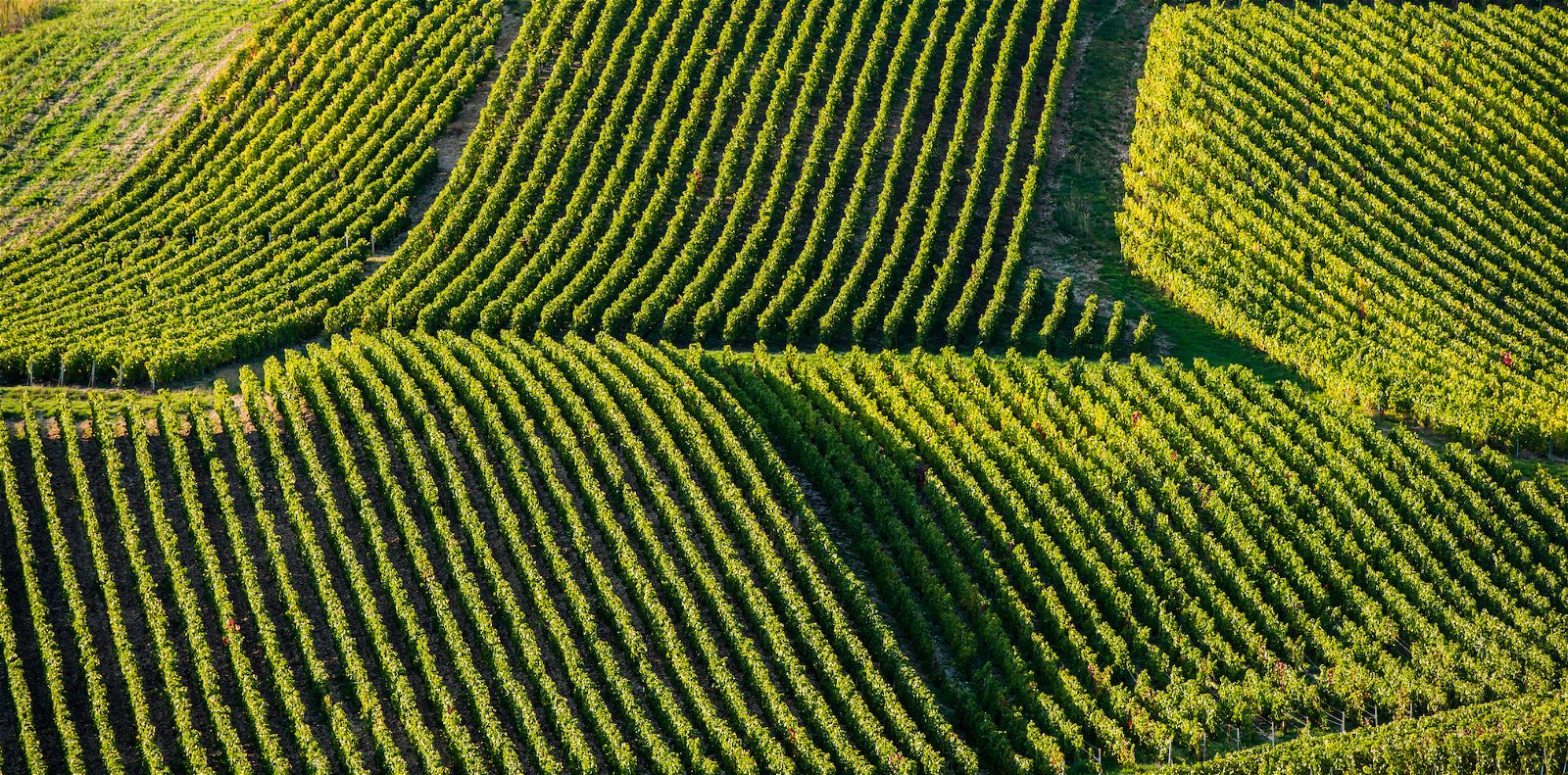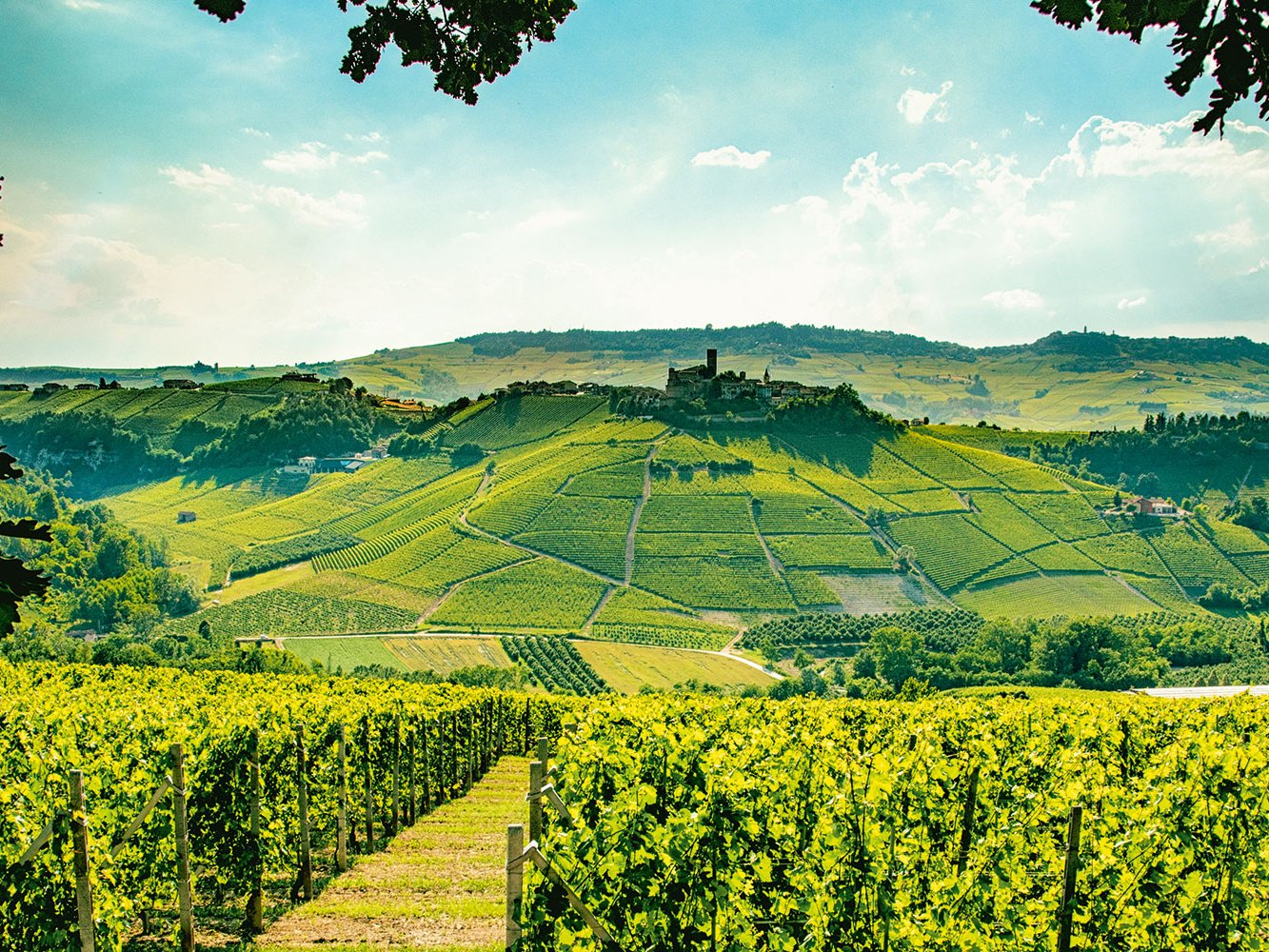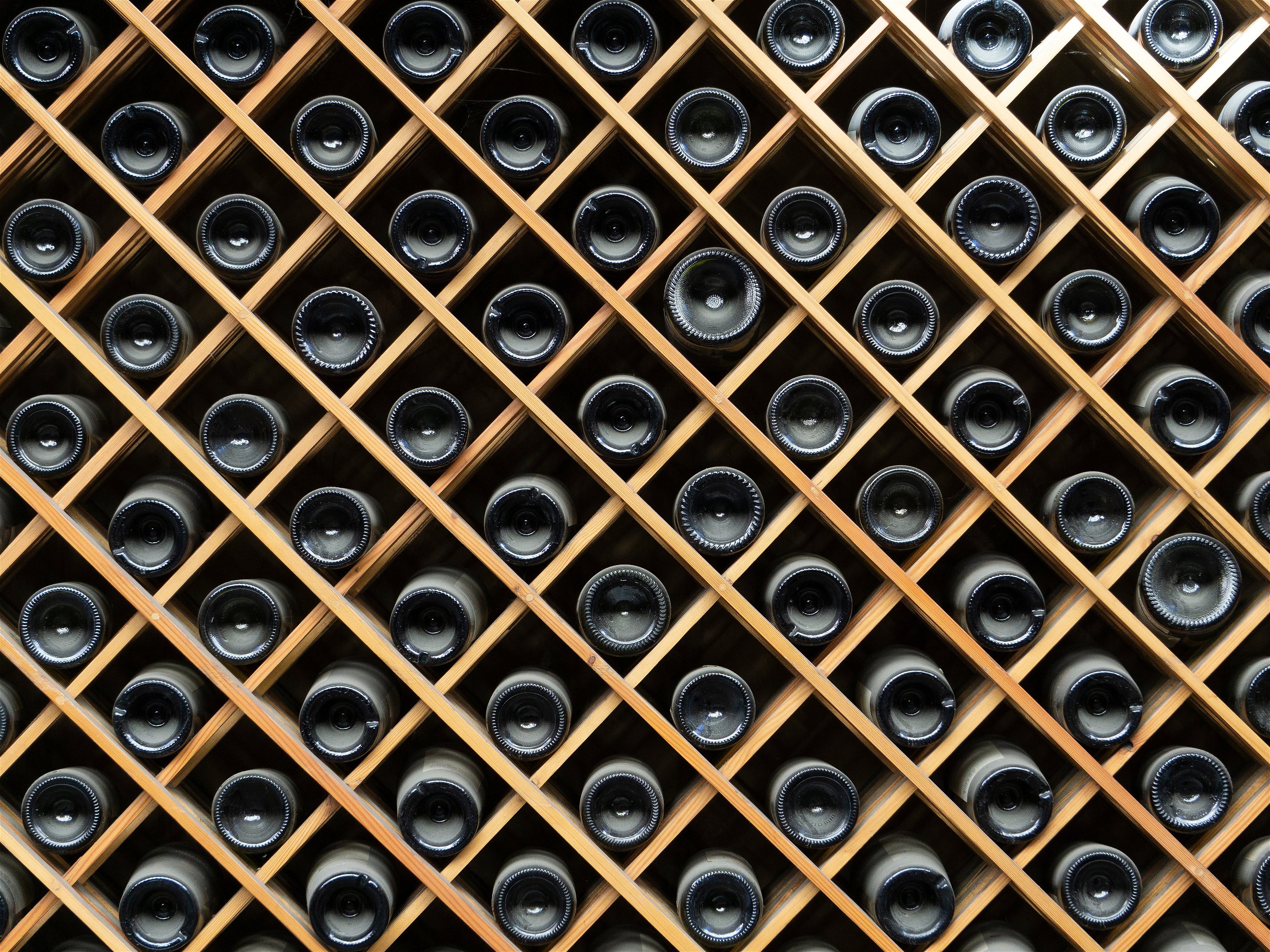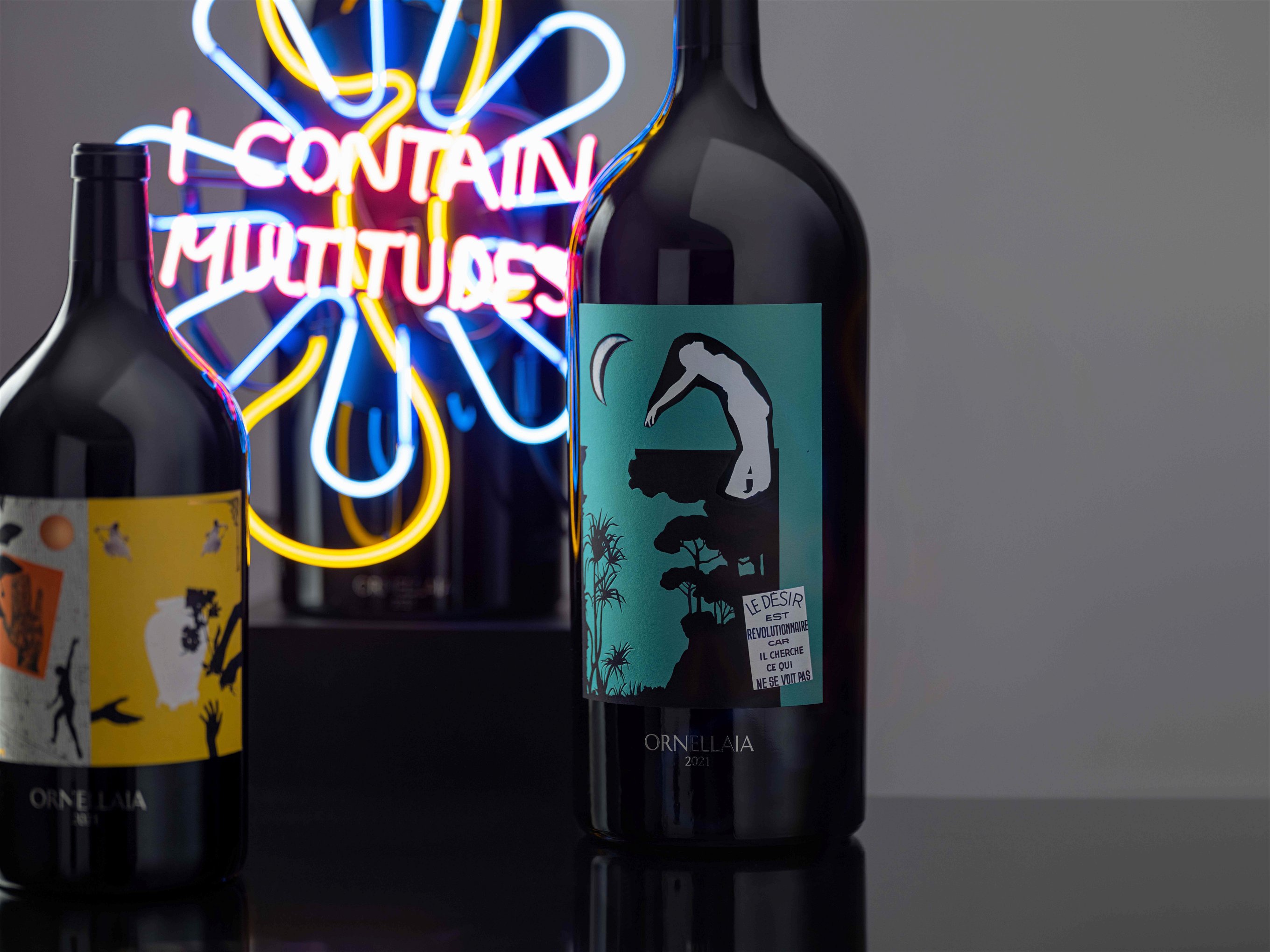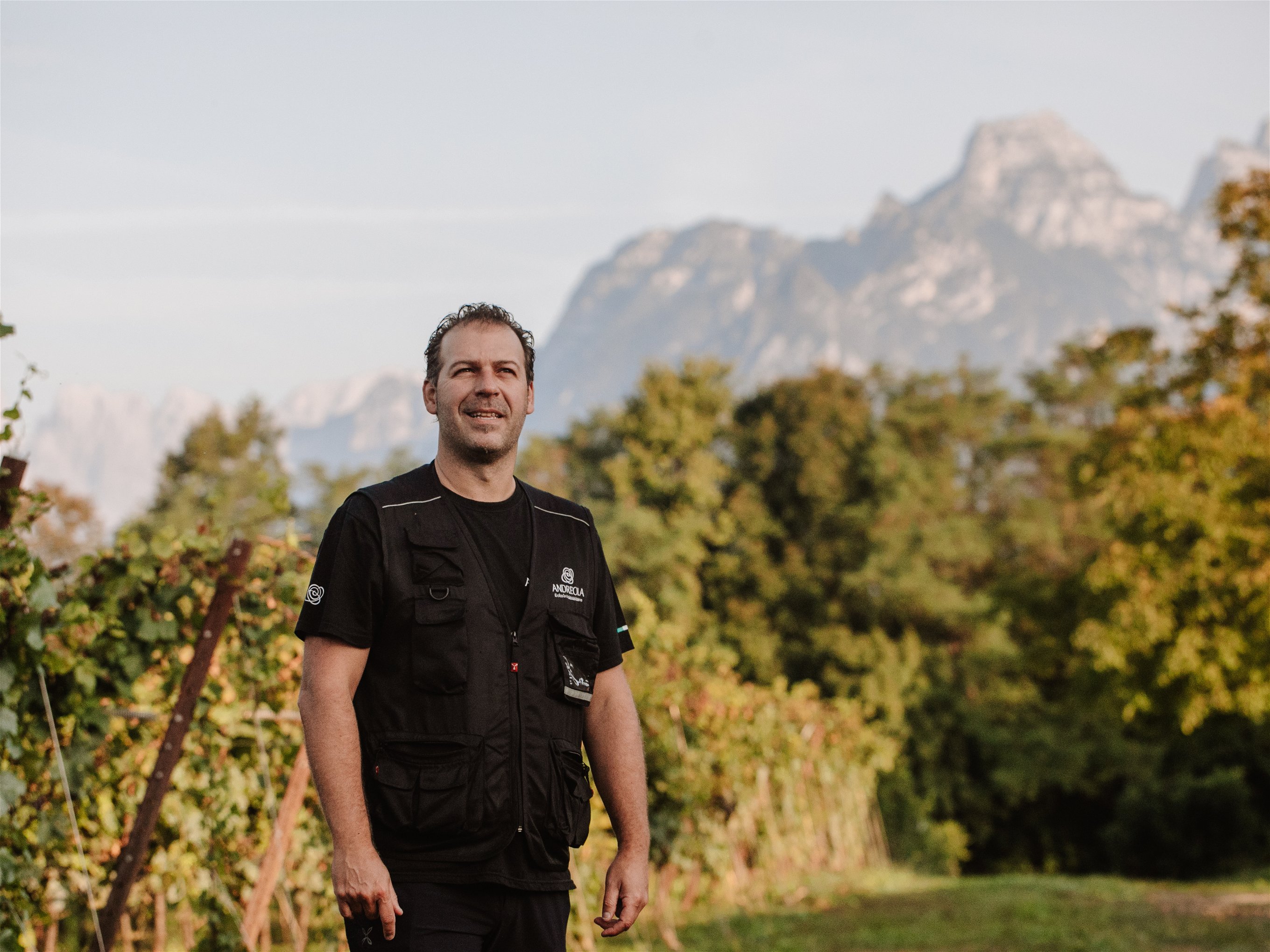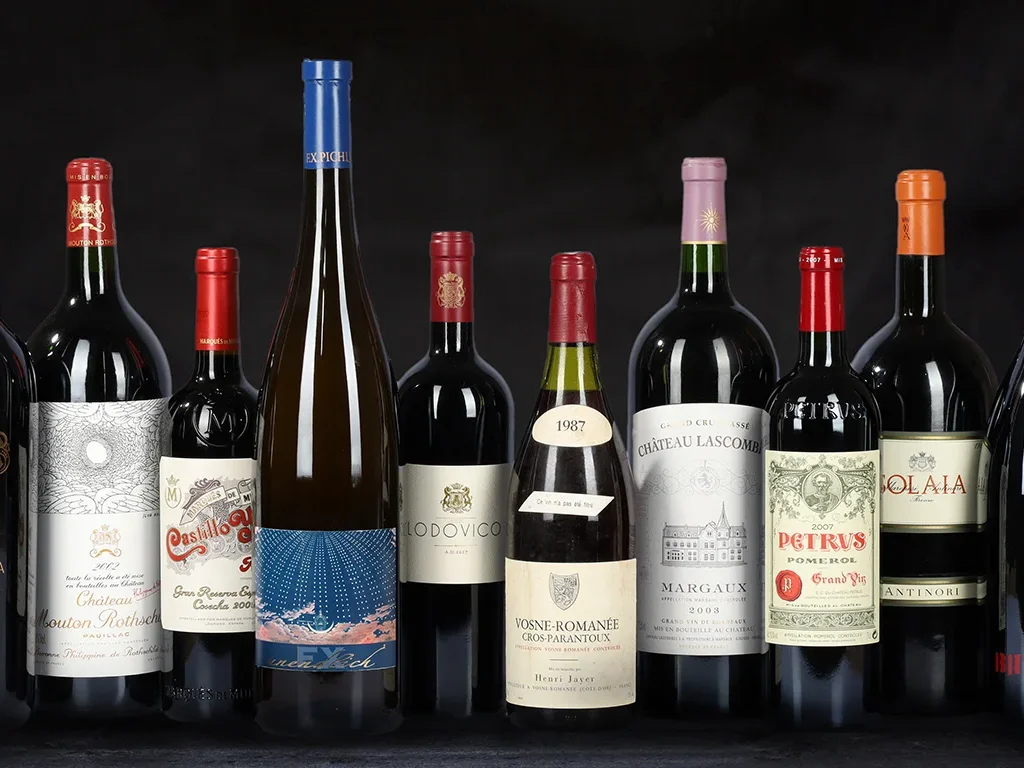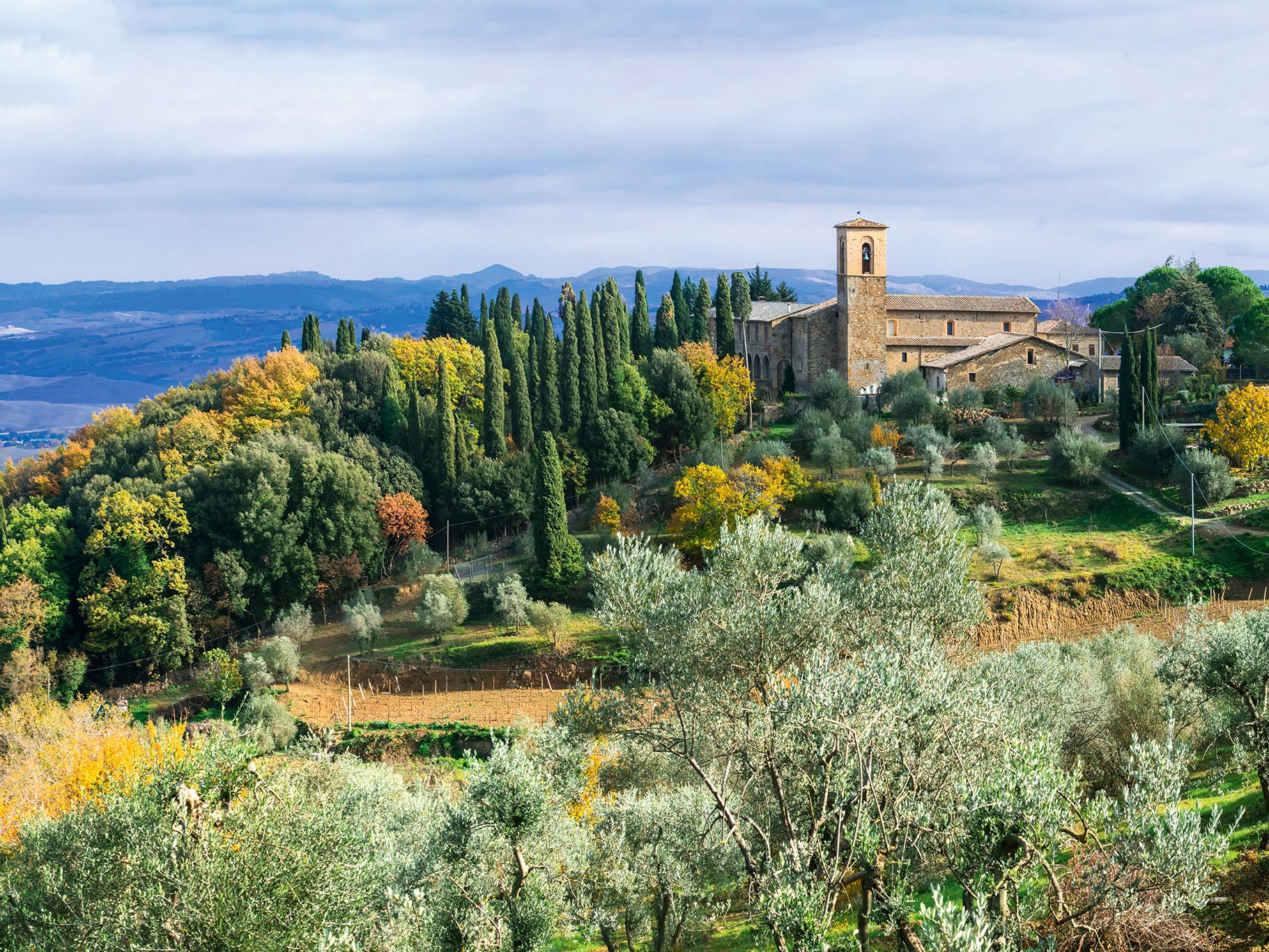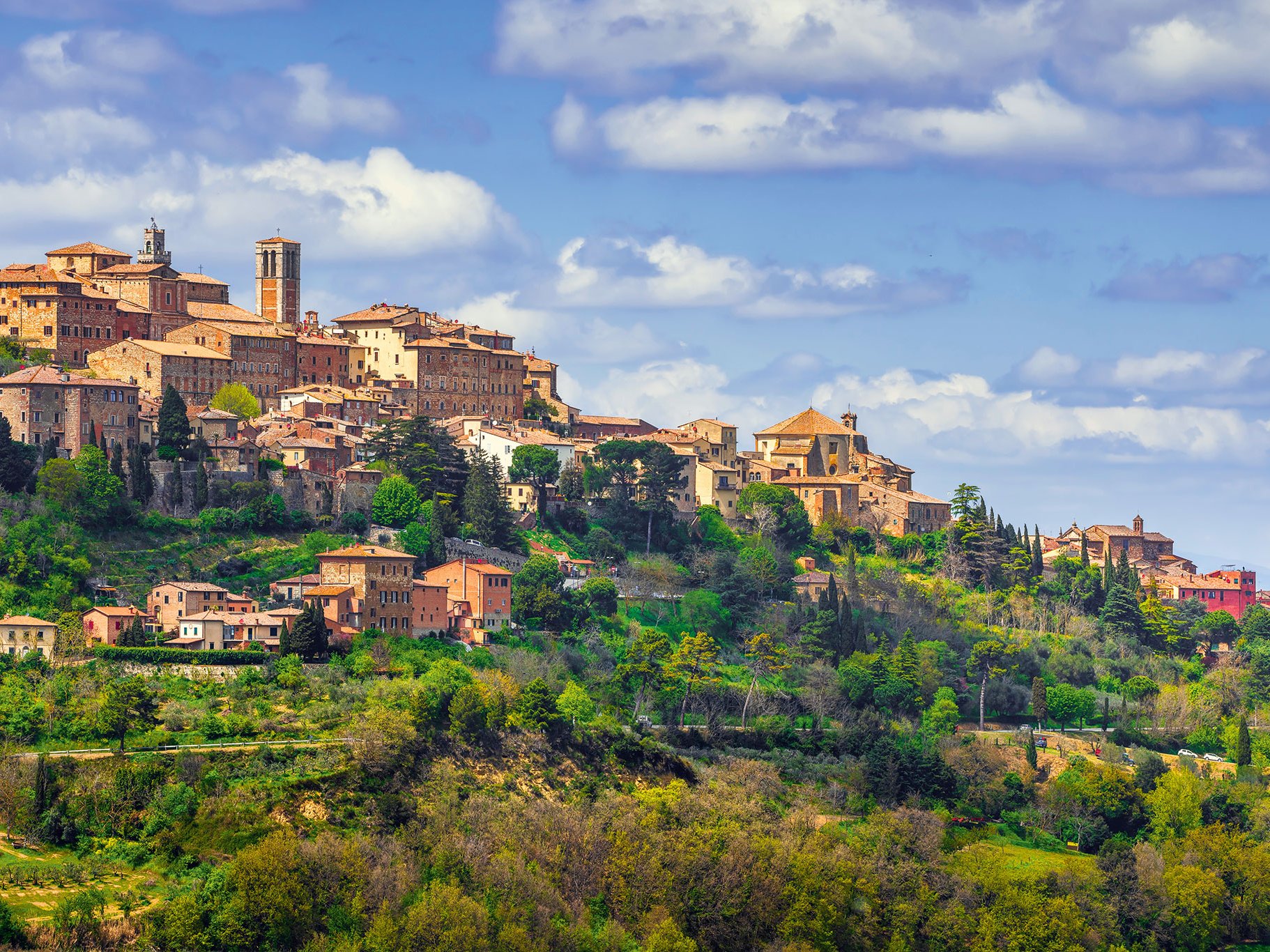About 250 kilometers northwest of Sydney and to the west of its neighbour, the Hunter Valley, lies the Mudgee region, which today is one of Australia's lesser-known winegrowing regions. Yet Mudgee was one of the first wine-growing regions on the fifth continent, as settlers planted the first vines here as early as 1850.
Only recently has it become known that a Chardonnay clone is possibly growing here, which can probably be traced back to the import of this variety by James Busby in 1832.
Mudgee is located at an altitude of 450 meters above sea level, yet it is warm and dry here, especially in summer and autumn. In spring, however, very cold nights can occur with the risk of ground frost. The Great Dividing Range protects Mudgee from rain, which is why the vineyards have to be irrigated, as in so many places in Australia.
Today, Mudgee is among the regions that primarily provide wine for commercial blends, especially for the cuvées Sémillon-Chardonnay and Cabernet Sauvignon-Shiraz. Sauvignon Blanc is also grown as an alternative to these cuvées. As a rule, the wines here can be produced quite inexpensively by using harvesting machines. The vines grow on brown, loamy sandy soil on a subsoil of clay.
In addition to the producers of branded wines, however, there are also small winemakers who produce higher quality and more individualistic wines. Gil Wahlquist with the Botobolar winery has become famous as the first proponent of organic viticulture in Australia.
